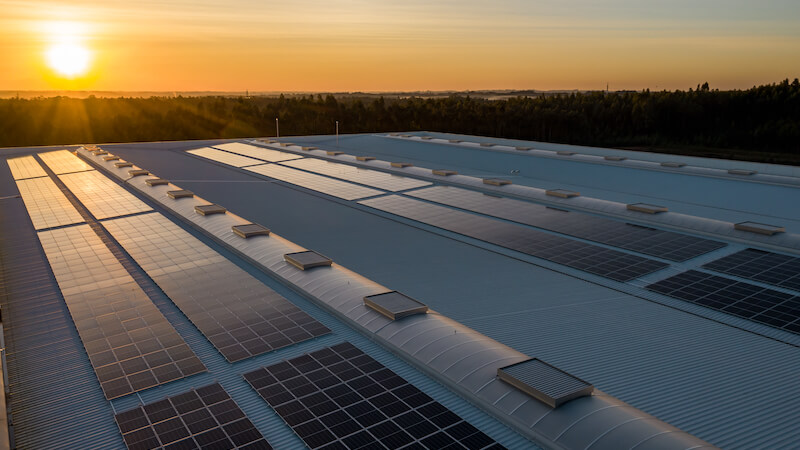This solar reactor converts CO2 and plastic waste into fuel
Researchers have developed a solar reactor that can convert CO2 and plastic waste into sustainable fuel. In contrast to previous tests, the developers have now even succeeded in absorbing greenhouse gases from the air.
In order to mitigate the negative effects of climate change, innovative ideas are needed. Researchers therefore cause time and again to find ways to absorb greenhouse gases again from the atmosphere or the oceans. researchers from of Cambridge University are now going one step further with a new kind of solar reactor.
Because the generator uses CO2 from the ambient air or as a waste product from industry and converts it into so-called syngas. Factories can then use this gas to produce sustainable liquid fuels. But this is not the end of the possible application scenarios.
Solar reactor works with both CO2 and plastic
The reactor should also help with the sustainable recycling of plastic waste. In a first test, for example, the system converted plastic from classic beverage bottles into glycolic acid. The cosmetics industry, for example, uses this in its production processes. Meanwhile, the reactor is powered by sustainable and emission-free solar energy.
It may be a few years before it is used across the board. Nevertheless, the researchers have already made great progress. The team was inspired by the photosynthesis that occurs in nature. However, it remains to be seen how efficient the method will be in everyday use.
Many methods for storing already created emissions
Nevertheless, the solar reactor represents another method of getting emissions that have already occurred under control again. Other approaches, such as “Carbon Capture and Storage” (CCS) are based on similar approaches, but usually only pump the absorbed CO2 into storage facilities in the ground.
The next step is to optimize the solar reactor. Because if the system simply absorbs air from the environment, the reactor must first release other substances – such as nitrogen or oxygen – before further processing.
Also interesting:



